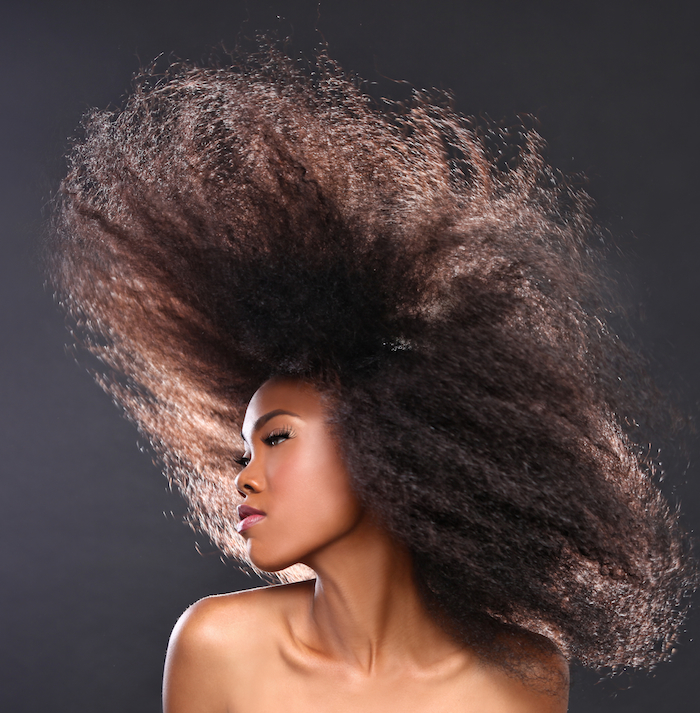HEY HONEYVERANS!!!
Here is a list of things that do not moisturize your hair.
Here is a list of things that do not moisturize your hair.
Hair butters
Hair butters are amazing, moisturizing sealants often used for
protective styles and in cooler months. While they may have some moisturizing
ingredients, they are better suited for sealing in the moisture from water or
water-based products like moisturizers, leave-in conditioners, or conditioners.
They are usually the last step or used right before your styler. Not only do they
lock in your moisture, they also prevent moisture from getting in after you add
the butter. Stick to using butters for sealing purposes and you cannot go
wrong.
Adding
moisturizers to dirty hair
No moisturizer in the world will work if it is applied to dirty
hair. You have to remove all the pollutants and products from the hair so it
can absorb and adsorb moisture. This is why clarifying
shampoosare a must to ensure all traces of dirt and products have
been removed and then your hair can be ready for conditioning and moisture.
Shampoos are not popular in our community, but they are necessary so we can
properly keep hair healthy and hydrated.
Oils
Many incorrectly associate oils with moisture, but oils,
especially carrier oils, simply seal the hair to lock in
moisture you have already applied. A select few oils are capable of penetrating
the cuticle layer and nourishing the entire hair shaft, such as coconut oil,
avocado oil, and olive oil, but many will simply sit on top of the hair. Before
applying an oil, do your homework to learn if it is one that actually
penetrates the hair shaft. We published a list of moisturizing oils, sealants, and sealants
that impart a little bit of moisture here.
Styling
products
We curly girls love our stylers and if it wasn’t for my Holy
Grail gels, I would be a frizzy fool, but do not assume that they are
moisturizing enough to apply alone. Your styler may have some moisturizing
ingredients, but their primary function is to give hold. Curly hair needs all
of the moisture it can get, so apply a leave-in before you apply a styler.
Proteins
Our hair is made of hard protein keratin and needs hydrolyzed
protein to fill in the damaged hair cuticles, but what protein does not do for
our hair is moisturize it. They are used to rebuild and strengthen hair, not
moisturize. You need a proper balance between proteins and moisture for healthy
hair, and that requires two different types of products. Never assume a protein
treatment will add moisture or you may end up using them too often, which can
lead to dry, brittle strands.
Loading
up on silicones
There is a love/hate relationship between many curlies and their
silicones. We have been told they are the devil and will cause buildup, but it
is just non-water soluble silicones that cause that problem. Many curly girls
use and love water-soluble silicones. Water-soluble silicones like dimethicone
copolyol or dimethicone PEG-8 phosphate provide great benefits to our curly
hair and are able to be removed without using harsh sulfates. The problem lies
in the belief that since these silicones provide great slip to hair, they
actually moisturize hair by making dry and damaged hair look and feel healthy
and smooth.
Know that the sole source of hydration is water. Humectants help
to attract moisture, oils and silicones can help retain it, and protein reduces
moisture loss by temporarily repairing the hair shaft. Water-based products are
your best friends, ladies. Don’t forget to read your labels, especially for
moisturizers, refreshers, and leave-in conditioners.
article source pic source

article source pic source

Email: honeyveraja@gmail.com
WESITE:www.honeyvera.com
CLICK & FIND US:














